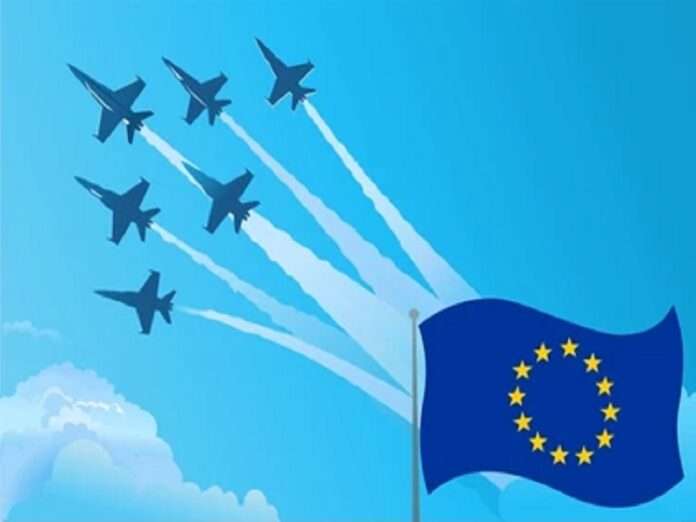Politico reported that “Von der Leyen backs Polish, Greek calls for EU air defense shield” after their Prime Ministers demanded that “our economic and monetary union must be accompanied by a strong defense union” in a joint letter to her last week urging creation of this “’flagship’ programme”. The outlet also said that Germany’s “European Sky Shield Initiative” (ESSI), “which aims to jointly procure German, U.S. and Israeli air defense systems”, is competing with the French-Italian initiative to use SAMP/T systems.
The first was analyzed here regarding to the debate that’s raging within Poland between President Duda and Prime Minister Tusk over retaining their country’s planned dependence on Anglo-American air defenses or participating in the German-led ESSI respectively. Seeing as how Tusk’s government just announced that Poland will combine its “Shield East” border security fortifications with the Baltic States’ “Baltic Shield”, which will expand German military influence eastward, ESSI is likely a shoo-in.
As for the second, France’s scarcely discussed military influence in Romania and Moldova perfectly positions it and Italy to push the SAMP/T over that part of Europe, which could also naturally include the rest of the Balkan countries between them all. In that event, European air defense would be divided into two spheres of influence, with Germany directly managing the northern half while France and Italy (senior and junior partners correspondingly) do the same with the southern one.
From an American perspective, there are pros and cons to that scenario. On the one hand, it’s easier for a sub-hegemon like Germany to be responsible for the European theater of the New Cold War on the US’ behalf than to split this between partners. On the other, however, keeping the continent divided along two axes could hedge against the unlikely but high-impact risk of Germany one day “going rogue” by unilaterally repairing its relations with Russia without prior American approval and shaking up the world.
As its prior unipolar hegemony as a whole continues to weaken amidst the global systemic transition to multipolarity, the US will have ever less ways of influencing the outcome of this intra-EU competition. Furthermore, the US is preparing to “Pivot (back) to Asia” to more muscularly contain China, which is the main reason why the Europeans want to build their own air defense system – even if partially with American wares per the ESSI model – out of fear of being left in the lurch when that happens.
Objectively speaking, however, the EU has nothing to worry about when it comes to Russia since the latter isn’t going to invade the bloc and trigger Article 5’s tripwire for a nuclear exchange with the US. America reasserted its hegemony over the EU so well since 2022 though that European policymakers appear to have truly bought into their senior partner’s fearmongering campaign. That’s why many are concerned about what’ll happen when it pivots back to Asia or if Trump returns to power first.
The grand strategic benefits of reasserting its hegemony over the EU far outweigh the blowback of possibly losing out on highly profitable military contracts if European air defense bifurcates into the partially US-supplied German-led north and the French-Italian south. Different American decisionmakers, including those within the same levels of the policymaking hierarchy, have different views of which scenario is most optimal for their country’s interests given the pros and cons.
Altogether, the US will flexibly adapt to circumstances as they arise to ensure that its successfully reasserted hegemony over the EU isn’t weakened in scenario that Germany and France-Italy divide Europe into spheres of air defense influence. This intra-EU competition is strategically senseless as was explained since Russia isn’t going to bomb the bloc but is a boon for the military-industrial complex, which is why all relevant players are vying to push through their plans in order to maximally profit.







